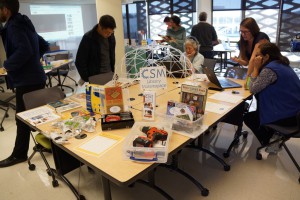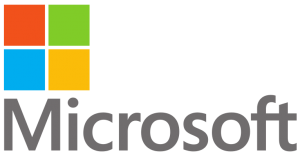Crime Scene Decontamination. Shows like “CSI” or “Bones” give us a glimpse into the horrors of crime scenes. What they don’t show you are the people who clean up when the investigation is done. A crime scene decontamination technician specializes in removing splatter and hazardous material after accidents and crimes. If you have the stomach for it, this can be a stable career choice.
 Forensic Entomologist. Nothing creeps or crawls more than insects. A forensic entomologist studies all things slimy and crawly, looking at life cycles, morphology, population size and genetics to gather evidence in murder cases. Get ready to carve up cadavers and spend a lot of time around maggots.
Forensic Entomologist. Nothing creeps or crawls more than insects. A forensic entomologist studies all things slimy and crawly, looking at life cycles, morphology, population size and genetics to gather evidence in murder cases. Get ready to carve up cadavers and spend a lot of time around maggots.
Mortuary Science and Embalming. A mortician is in charge of preparing bodies for burial, which starts with embalming and can also involve facial reconstruction so the deceased appears the way they did in life. This spooky career also involves the most compassion. A mortician is also responsible for comforting the grieving family and making the funeral process as easy as possible.
Forensic Psychiatry. This is one of the spookier careers on this list. The concept of “Silence of the Lambs” comes to mind, where there is no ghoul or monster, just a man. A forensic psychiatrist is tasked with exploring the criminal mind and understanding why some people do horrific things. They evaluate criminals and provide treatment to those who need it.
Mining. If you’re claustrophobic or afraid of the dark, stay away from this career. There are few worse places to be for someone scared of tight, dark spaces than a narrow mine shaft. That combined with reminders that you could potentially be trapped (remember the 33 miners in Chile?) definitely qualifies this career to be on the spooky list.
 Bomb Squad Technician. While police departments are using robots for bomb disposal at an increasing rate, there are still plenty of instances where a bomb squad technician is needed. This career requires courage, a steady hand and the ability to overcome thanatophobia (the fear of death itself) — a fear shared by just about everyone. This can be a very noble profession, but definitely a scary one.
Bomb Squad Technician. While police departments are using robots for bomb disposal at an increasing rate, there are still plenty of instances where a bomb squad technician is needed. This career requires courage, a steady hand and the ability to overcome thanatophobia (the fear of death itself) — a fear shared by just about everyone. This can be a very noble profession, but definitely a scary one.
Field Epidemiologist. In my opinion, this is the creepiest job on the list. Epidemiologist study microorganisms, bacteria and viruses. Field epidemiologists are often employed by the CDC to go to “hot zones” to study outbreaks and prevent them from becoming a full-blown pandemic. Wearing little more than a hazmat suit, an epidemiologist gets close to bodily fluids, germs and dead bodies on a regular basis. Nothing is scarier than being attacked by something you can’t see and the threat of a biological apocalypse.
Happy Halloween!
Interested in one of these creepy careers? Here are some courses that can help you get started:







